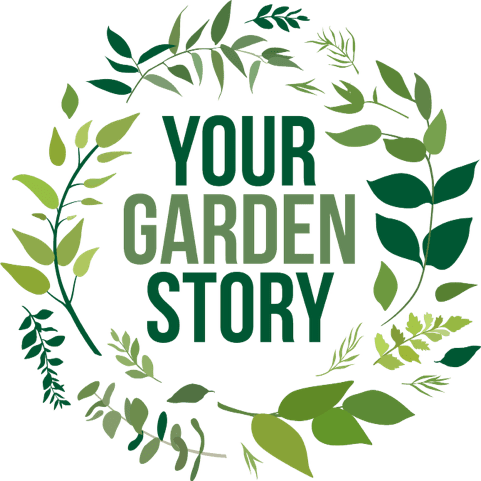I love the start of a New Year in the garden. Every year, I have a real sense of anticipation about the possibilities. I will learn and experience something new in gardening, even as an experienced gardener. I have given up on resolutions about losing weight, going to the gym more often, and reading more books, but I always find time for some garden resolutions. It gives me an immediate focus. It’s good for my mental health during the long winter when we can’t get into the garden, and planning new garden adventures is fun.
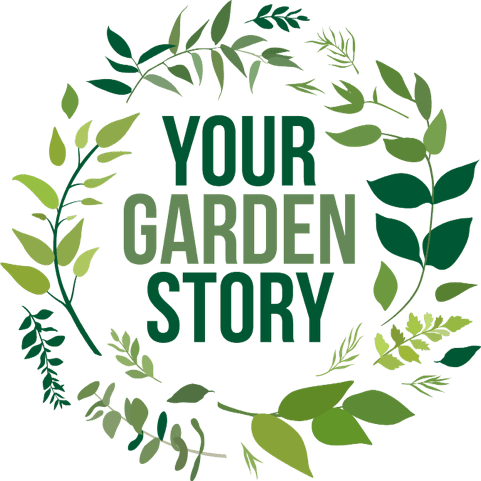
My 2023 New Year gardening resolution was to switch my focus and intention around gardening. Your Garden Story was born on a passionate mission to help us all become gardeners and make the world greener. That’s not based on some whim, hope, or trend but on complex data and facts. 83% of the US is privately owned, so conservation starts and ends in our backyards. Government-managed park systems worldwide will not drive sufficient change; we cannot rely on the politicians. The way we garden, the plants we grow in our everyday lives will make all the difference. You can impact the space you see outside your window daily, with even minor changes in how you garden.
“All our gardens, streets and patches of sky are part of our own perception of the
world. If, in our own modest back yards, we can help preserve and treasure our
natural world, then we will make this planet a better place- not just for ourselves but
for every living creature.”
Monty Don, writer, gardener, broadcaster
Before I share my New Year resolution list for 2024, here are some practical New Year resolutions you might want to consider to help make the world greener!
1. Read Nature’s Best Hope
Anyone who has read my blogs before will know I am a huge fan of Doug Tallamy
and his work around conservation. As a reminder, he talks enthusiastically about
how we, as homeowners/renters, can play a role in protecting wildlife habitats
and preserving the environment. If you haven’t read it, make your first New
Year’s resolution to read Nature’s Best Hope by Doug Tallamy. It is packed with
facts and info about why and how we can positively impact the environment. It is
an excellent read!
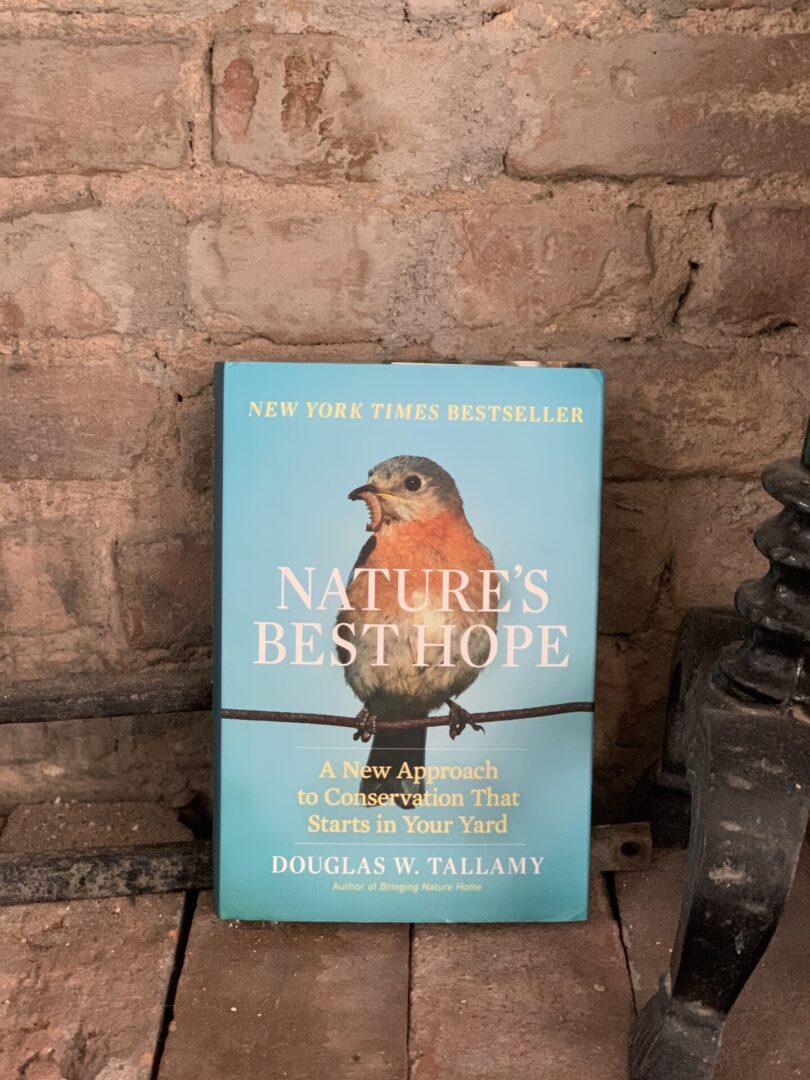
2. Plant some native plants in your garden.
No matter how big or small your space is, you can find native plants that
encourage wildlife into your garden and develop a robust, biodiverse ecosystem.
Plant in a container or an existing bed combined with exotic plants, or take a
piece of your lawn and replace it with wildflowers. Pollinators need our help.
Loss of habitat is one of the main reasons we see fewer bees,
butterflies, and insects visiting our gardens.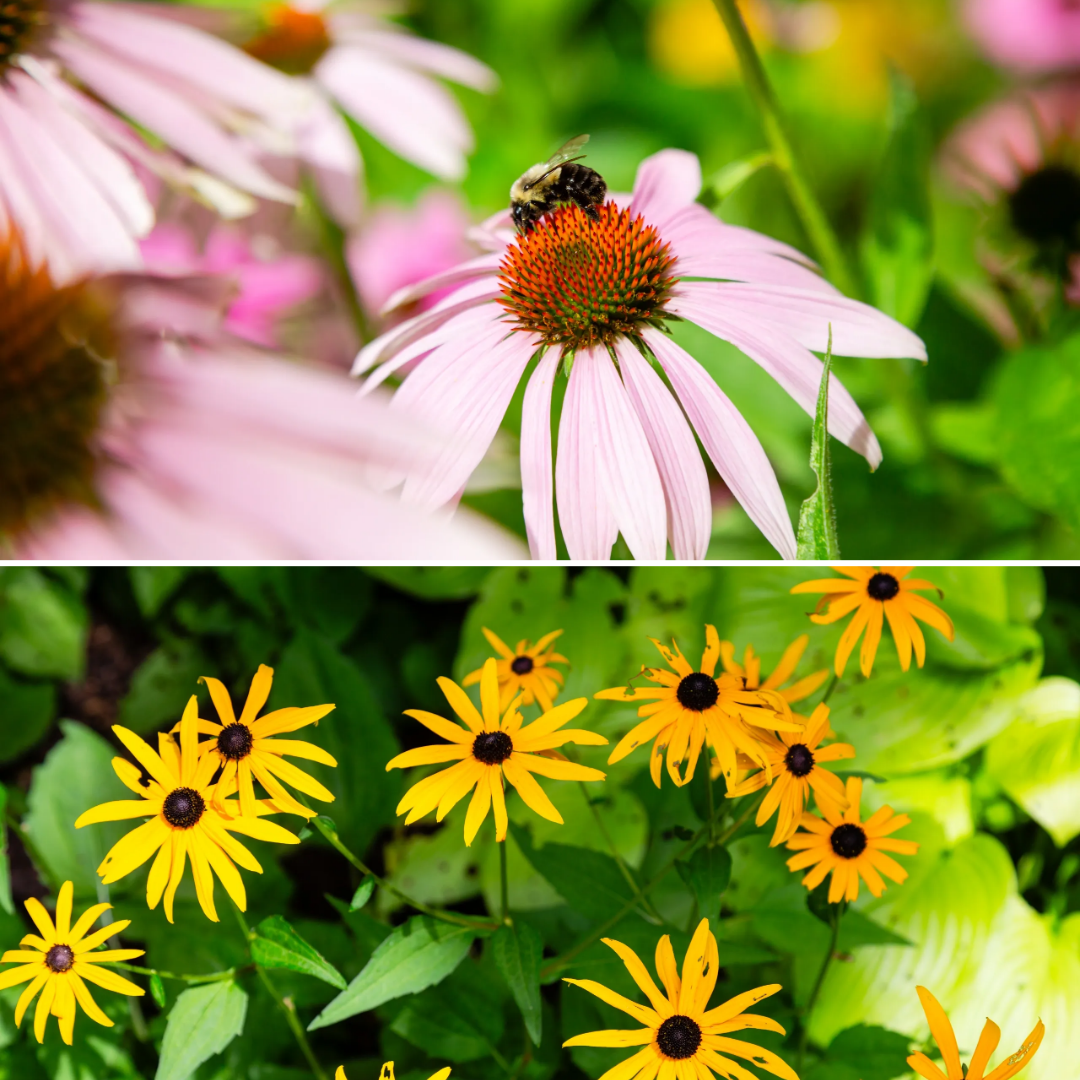
During the pandemic, I switched out the plants in our front planting bed at our
house in Connecticut. Designed as a classic New England foundation bed with
evergreen hedging, it screened the concrete foundation but had no seasonal
interest or color and, more importantly, had nothing to offer pollinators or
wildlife. It was time for a change, so I created a planting plan to encourage
pollinators and nature into our garden. It is now a mixture of natives and exotics
from my favorite plant nursery, Glover, on Long Island, teeming with birds,
butterflies, and bees.
CT Foundation Bed Before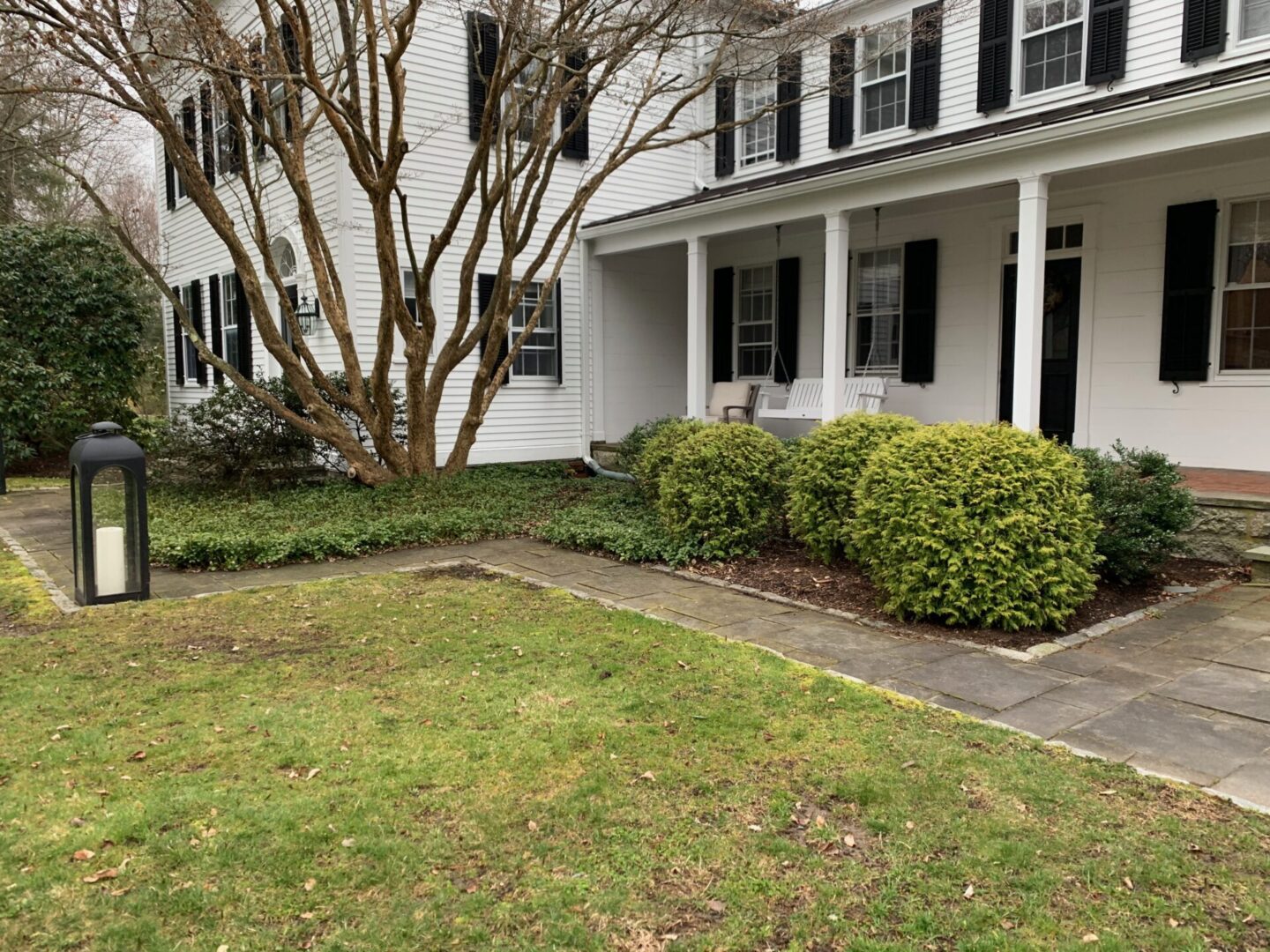
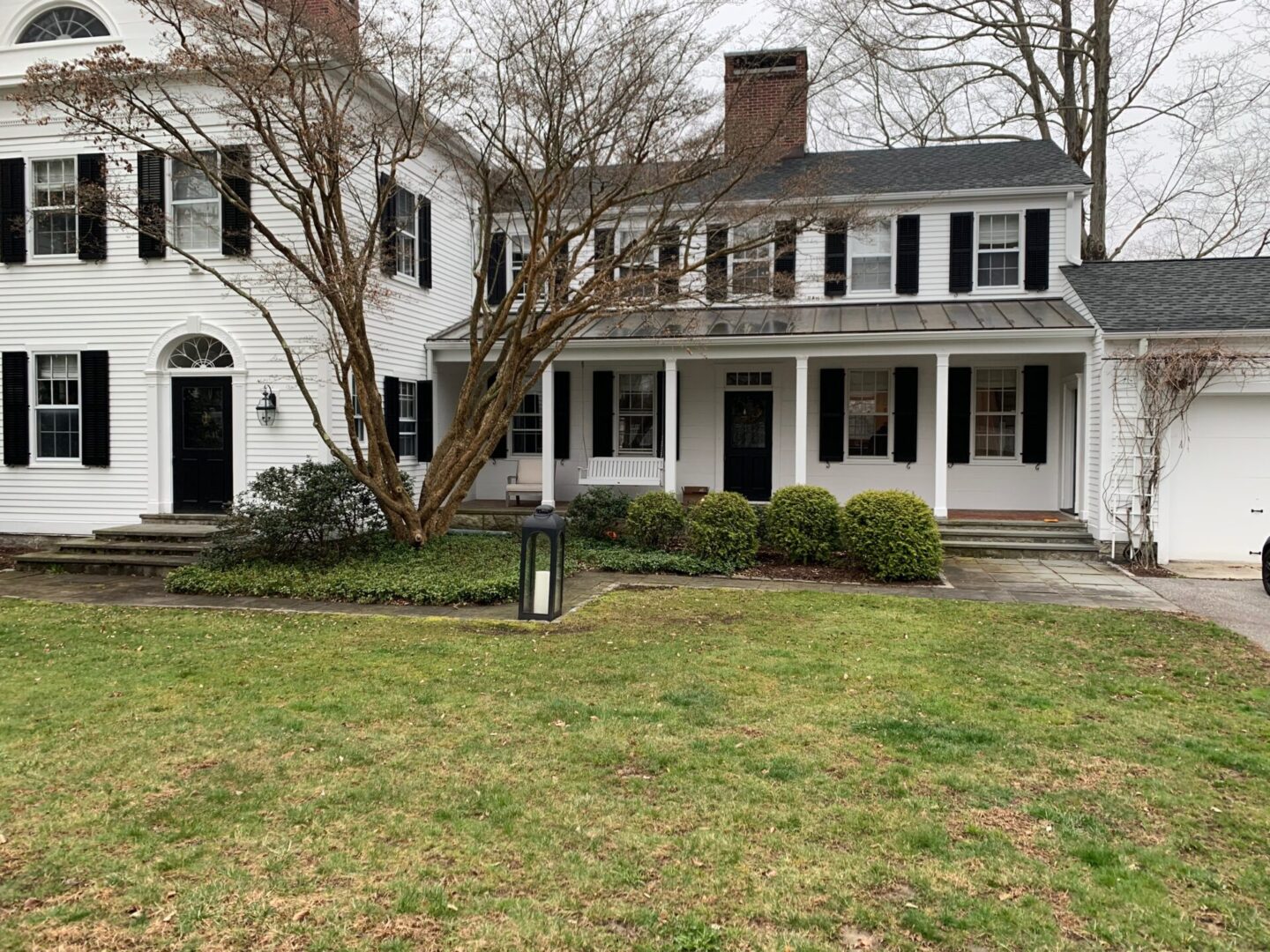
Along with some familiar natives like Giant Hyssop and Purple Coneflower, I
experimented with plants I was not familiar with, like Amsonia hubrichtii, Blue
Star, a beautiful native perennial with clusters of spring-blooming pale-blue
flowers that attract butterflies and bees. It’s also a larval host to the swallowtail
butterfly. Aquilegia canadensis, Wild Red Columbine, a gorgeous native,
early spring flowering plant with red and yellow flowers.
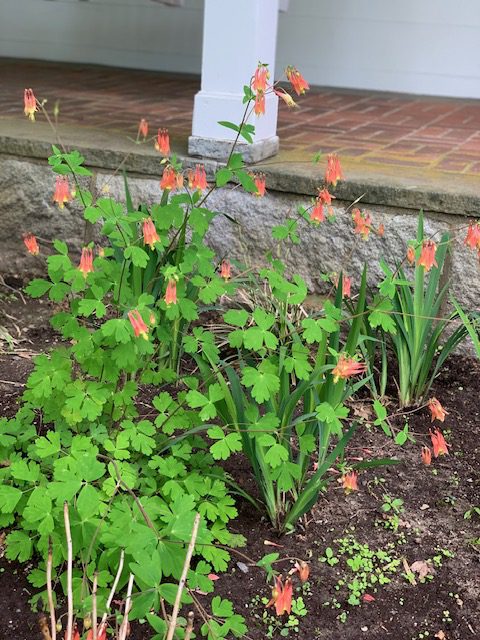
The flowers contain backward-facing spurs that attract insects with long tongues and hummingbirds. Clethra alnifolia, Sweet Pepperbush, another native new to me is a beautiful perennial shrub with late flowering white flowers that is attractive to butterflies and bees.
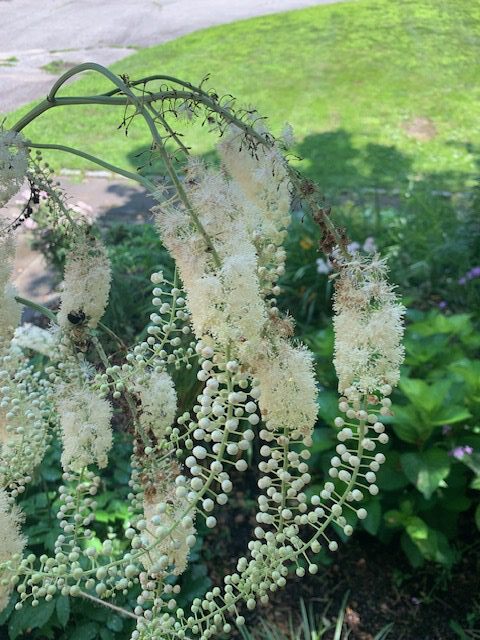
I also experimented with Actaea racemosa, Black Cohosh, a perennial native to the Eastern United States. It grows excellent spike-like stems of white fragrant blooms that reach six feet tall in late summer and attract bumblebees and other pollinators. It’s been a pleasure to have an afternoon cup of tea and watch the bees feast late afternoon. I left the seed heads through fall/early winter for the birds.
CT Bed planting layout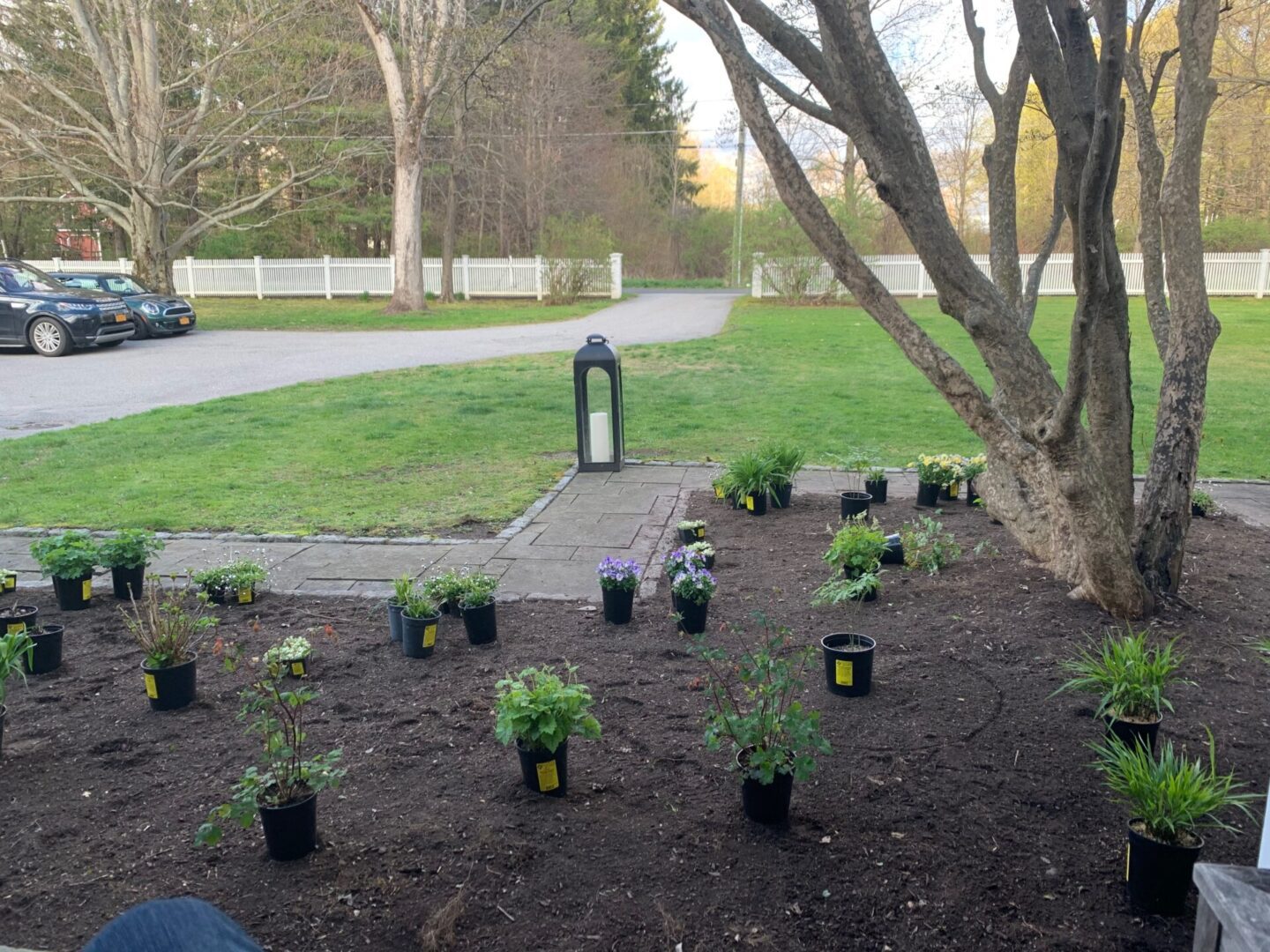
Watching the front bed evolve over the past three years has been a joy, and the
insect activity has been astounding. I have had to move plants around, add new
ones, and get the balance right, but that’s all part of the fun.
CT Foundation Bed After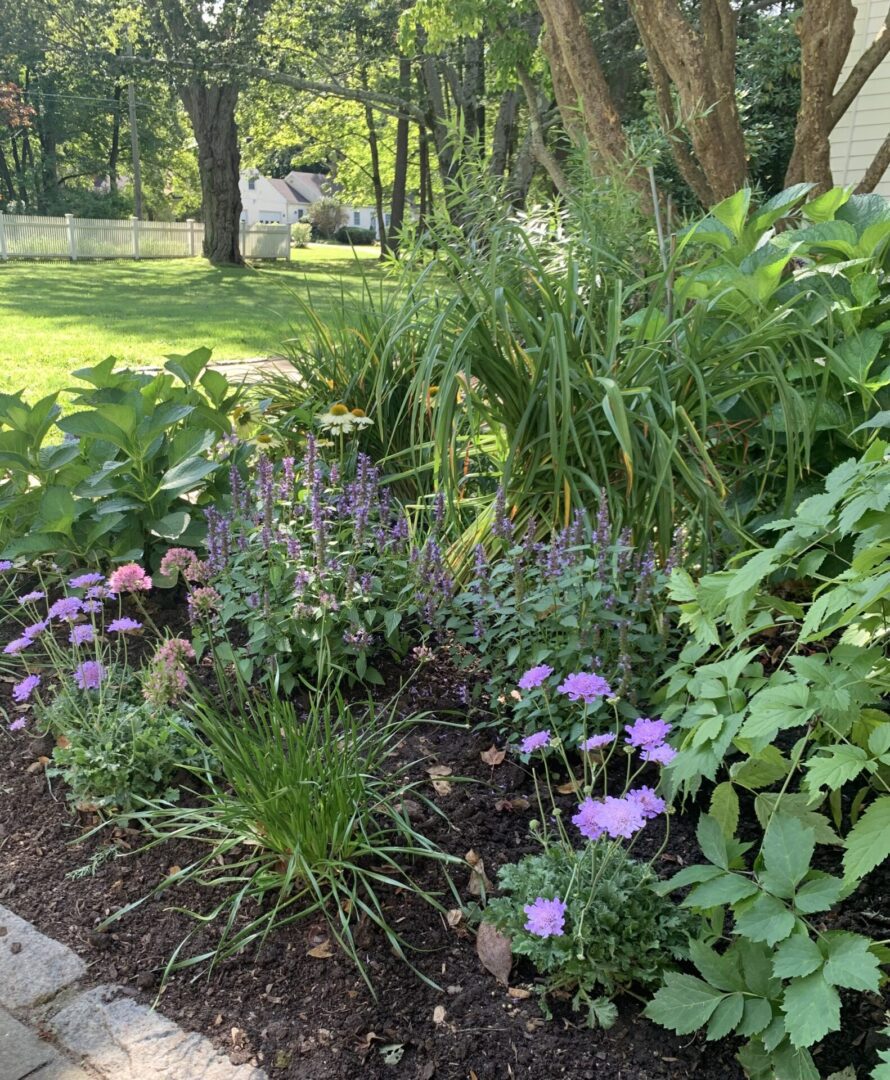
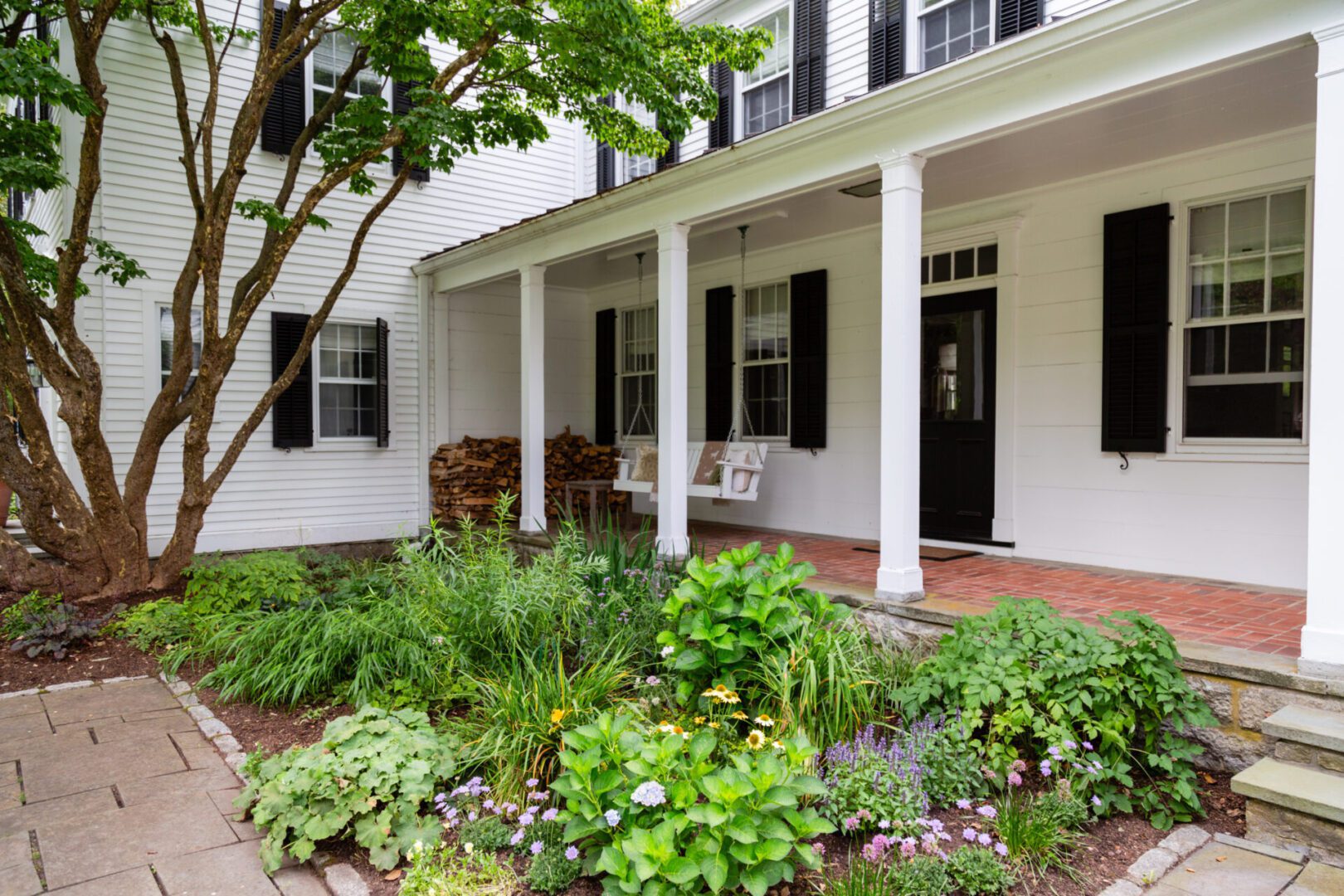
3. Create wildlife habitat
Install a small bee home. Don’t get hung up on having to own/farm bees and all that comes with that. A small brick or structure with four or five holes will be a good start. My mother has experimented with installing a bee brick in her garden in England that we sourced from Green and Blue Bee Bricks. She has yet to have bees come to take up residence, but it can take time to figure out the best place to locate the brick. Monty Don has an excellent section in his book, The Gardening Book about creating a bug hotel along the same lines but using things you will find in your garden.
4. Let go of the instinct to tidy the garden wherever possible. Leave fallen leaves,
the seed heads of perennials over the winter, and patches of weeds as excellent
wildlife habitats and food sources.
5. Grow just one area of long grass, however small. It will have a significant impact on the insect population in your garden. You can convert this into a wildflower meadow, but honestly, the flowers themselves make little difference to the quality of the insect habitat.
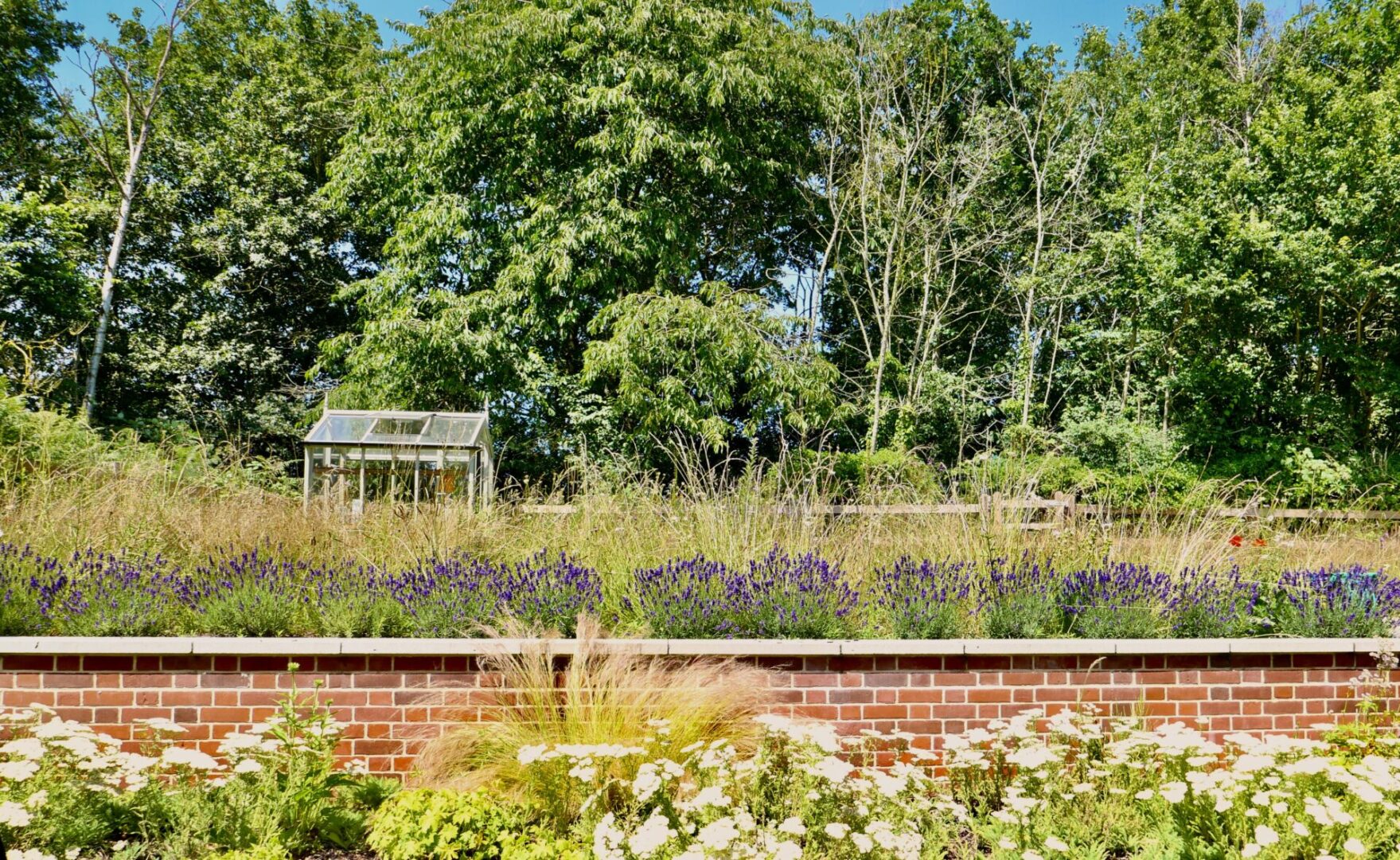
If we all picked just one of these resolutions, it could make a real difference to the environment and our experience of our backyard. Let’s make 2024 the year of becoming stewards of our gardens.
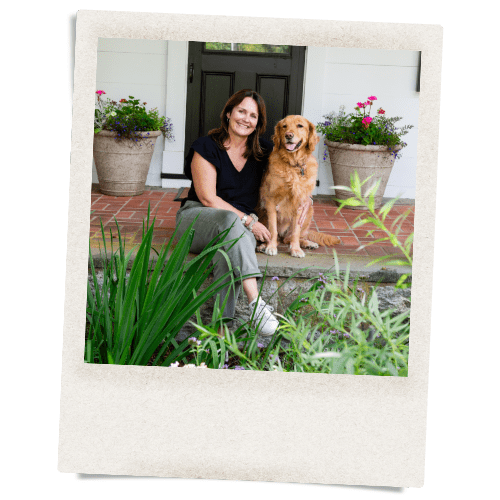
So, what are my 2024 New Year Resolutions
- Your Garden Story’s mission is to help us all become gardeners. 2024 is my year to share my love and experience of native plants with anyone prepared to listen.
If you haven’t already, please read the Your Garden Story Blog on Native plants.
And exciting news: starting this spring, I will host native plant sales in NYC and in CT. It’s an excellent opportunity to learn more about native plants in your neighborhood and get planting nice and early in spring. Look out for news on Instagram and Email with dates and more details about the sales. - Plant my sweet peas much earlier! I try to grow sweet peas every year, but I don’t get to plant them until it’s too late. You can start your sweet peas inside as early as mid-March, so I plan on buying my seeds now and getting them inside in March so they are ready to go out in May once the last frost has passed.
- Create a cut flower garden at our home in Litchfield, CT. I have long been fascinated by plant nurseries and flower growing. I am an avid viewer of Gardeners World, and my favorite segments are those about specialist growers.
With my youngest daughter headed off to college in September, I plan to spend more time in CT and see if I can create a cut flower garden with a healthy balance of native and exotic plants. It will also reduce my carbon footprint by buying fewer imported flowers. I will share this exciting project in the My Garden Story blog series. - I use my garden notebook as a daily journal. Write notes/comments about how the garden is doing daily over my morning cappuccino.
Please let me know your garden new year resolutions, however big or small. Comment on Instagram or Facebook, or just get in touch on the website. I can’t wait to garden together in 2024. Here to help us all become gardeners and make the world greener.
Happy New Year
Wendy

